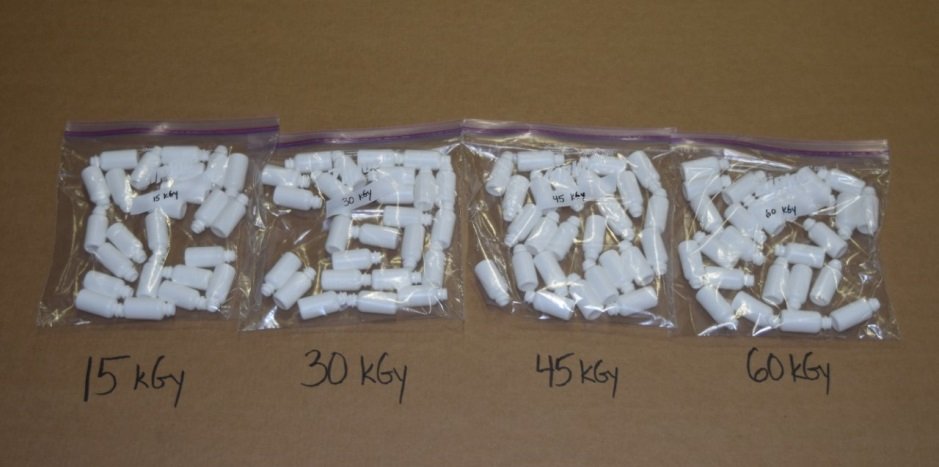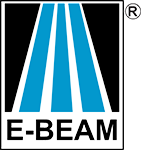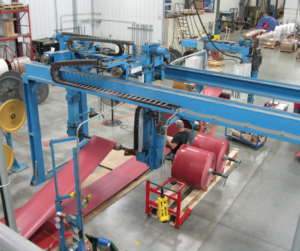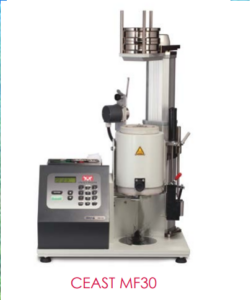Medical device manufacturers want to know if their product is compatible with e-beam sterilization; they can do it by performing a simple experiment. This experiment includes exposing a number of samples to a range of doses to see the effects of the radiation on their product materials and the packaging. Not only will the experiment determine the compatibility, it is also used to determine the maximum acceptable dose for the product. (See also the blog How do I know if my health care product is compatible with e-beam radiation?).
A typical experiment costs $1200 and looks like this:
- Expose a number of product samples to a range of doses greater than anticipated during routine sterilization.
- The number of samples depends on what you, the manufacturer, need in order to test the functionality of the product.
- The doses range should be wide enough to determine the acceptable maximum dose.
For example:

As a manufacturer, you are required to establish and communicate to the sterilizer the sterilization dose that your product requires (minimum dose), and the maximum acceptable dose. The wider the range between the minimum and maximum doses, the greater the flexibility there is in the sterilization process – which leads to cost savings.
Establishing the maximum acceptable dose is a requirement of ANSI/AAMI/ISO 11137-1:2006, the Standard for sterilizing health care products using radiation. For guidance in testing and qualifying materials used in health care products that are sterilized with radiation, there is a technical report entitled AAMI TIR17:2008 which can be referenced, or you can give us a call and ask!

www.ebeamservices.com • Ohio (513) 933-0031 • New Jersey (609) 655-7460



